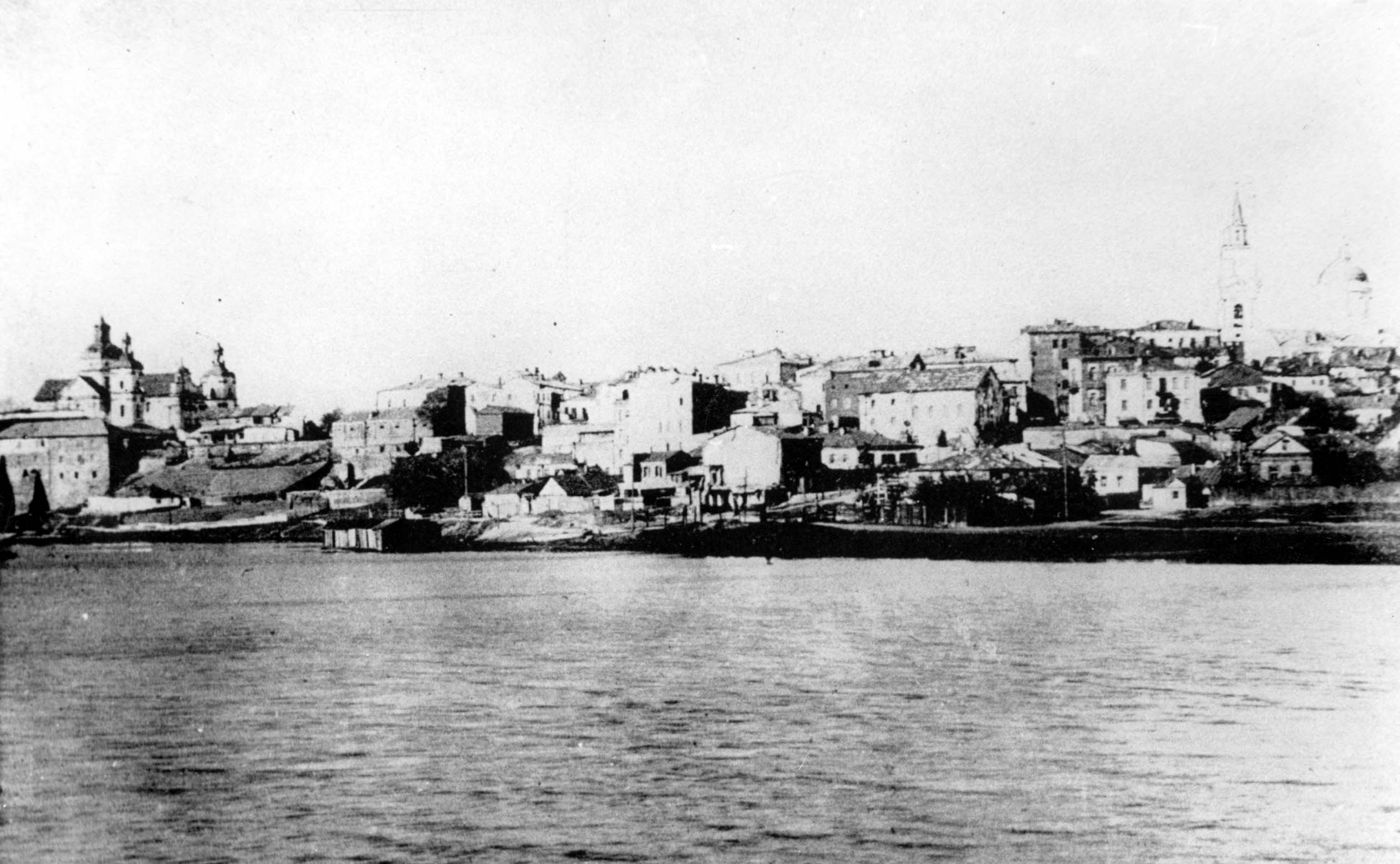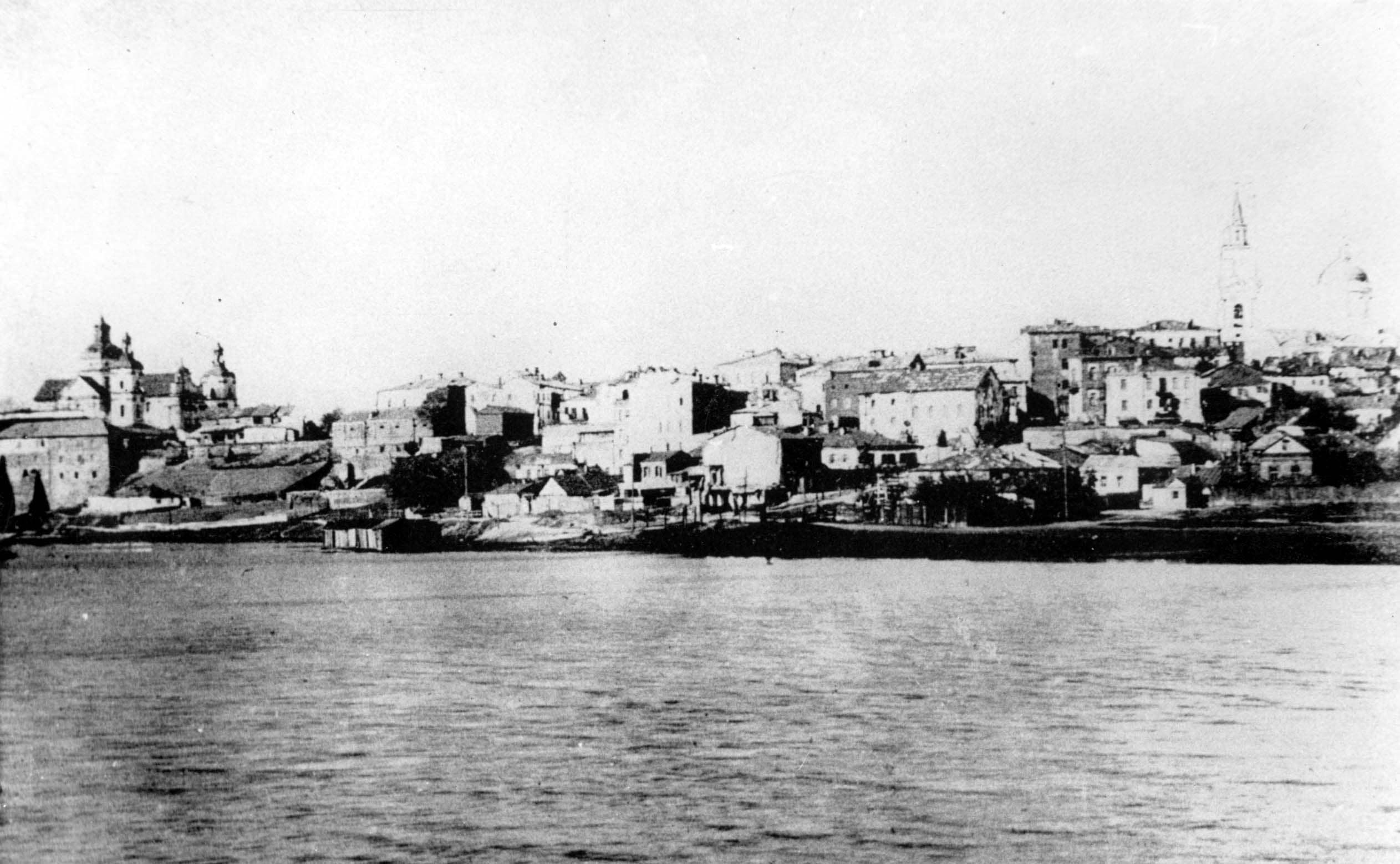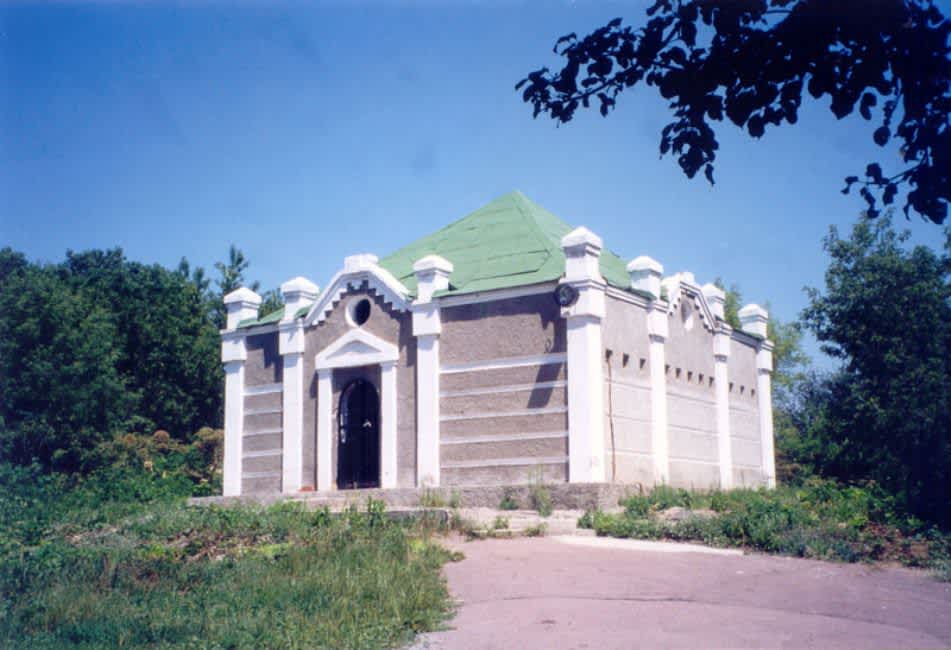

Berdichev

During the Russian Civil War (1918-1920), dozens of Jews were killed or wounded in pogroms carried out by the Ukrainian nationalist forces of Hetman Skoropadsky and Petlyura.
During the Soviet period, many religious institutions in Berdichev were closed, and Zionist activity prohibited. At the same time, the regime supported Soviet Jewish secular identity and Soviet Yiddish culture. Yiddish became an official language of government bodies. In 1924, the first Ukrainian law-court with proceedings in Yiddish was established in the city, and later the police also worked in Yiddish. In 1928, a Historical-Cultural Reserve (museum) was opened in the former monastery of the Discalced (Barefooted) Carmelites, where a great part of the exposition dealt with Yiddish culture. However, towards the end of the 1930s, all Soviet Yiddish institutions were closed. By the end of the 1920s-1930s, the Jewish population of the city had significantly decreased, due to a mass migration that had begun in the early twentieth century: the 1939 census revealed that only 23,266 Jews remained in Berdichev, comprising 37.5 percent of the total population.
On July 7, 1941, the Germans occupied Berdichev. About one third of the city’s Jewish population, including refugees from Poland who had arrived there during first month of World War II, managed to evacuate or escape. The first days of the occupation witnessed wanton murders of Jews by German soldiers. By August 22, 1941, a ghetto had been established in Berdichev, in the Yatki area. From August 1941 to June 1942, the Jewish population of Berdichev was annihilated in a number of murder operations. In a separate operation on April 27, 1942, some seventy Jewish women from mixed families were shot together with their children. During every murder operation, the Germans separated Jewish “specialists” needed for labor. Thus, after the mass murder operation of September 14, 1941, about 400 men remained alive. After the next killing in early November, only 150 of the best craftsmen of Berdichev were spared. They resided at a camp in Lysaya Gora. When in May 1942 they were joined by the craftsmen and youth from Yanushpol, Kazatin, Andrushevka and Ruzhin, their numbers increased to between 400 and 700 men. Most of them were shot in the summer of 1942. The remaining sixty specialists were incarcerated in the city prison and killed along with the other inmates in November 1943 or early January 1944. Berdichev was liberated by the Red Army on January 5, 1944.



